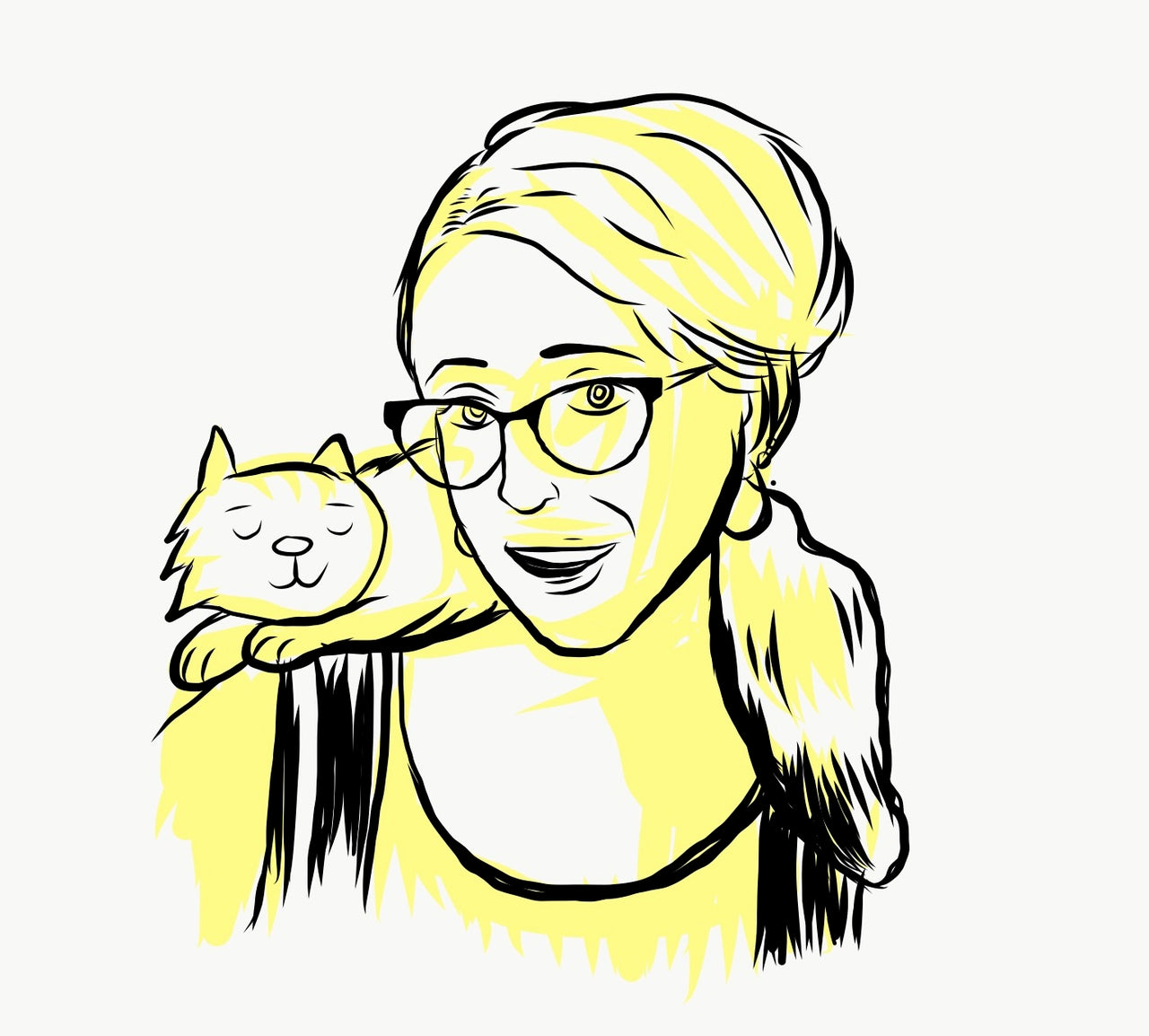OK, so it might not necessarily be as age-old as the chicken vs. the egg debate (wait, didn't they solve that?), but the argument over which has more caffeine -- drip coffee or a shot of espresso -- is often kicked around the ol' coffee shop. Obviously, like any good debate, the answer varies almost as widely as the number of preparations for caffeine-carrying plants around the world. The first thing to keep in mind in this discussion is the plant: Are we talking Robusta or Arabica? Arabica has less caffeine than Robusta, so the bean blend is important to know before you guesstimate your caffeine intake. Secondly, what's the roast look like? A super dark roast eliminates a large portion of the caffeine content, sending those molecules up in smoke. Lastly, take a look at how much you're consuming, because quantity matters: If you're drinking 4 oz. of espresso vs. 7 oz. cup of drip, your intake will be a lot different than these standards:
- Percolated (7 oz): 140mg
- Drip (7 oz): 115 - 175mg
- Espresso (1.5 - 2 oz): 100mg
- Brewed (7 oz): 80 - 135mg
- Instant (7 oz): 65 - 100mg
- Decaf, brewed (6 oz): 5mg
- Decaf, instant (6 oz): 3mg


